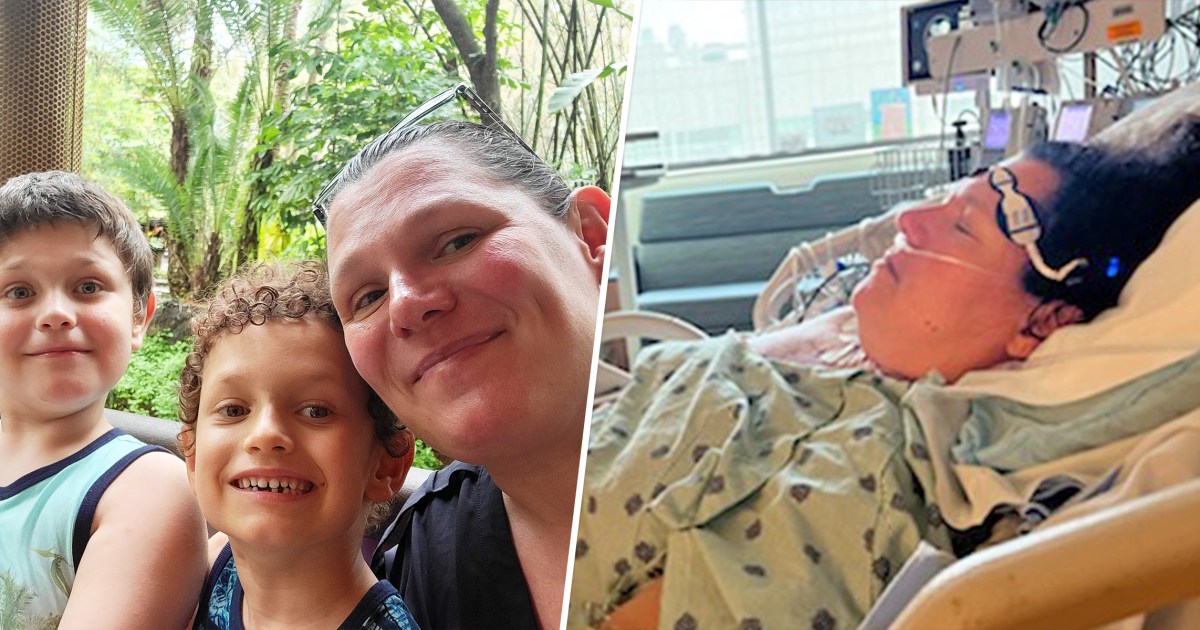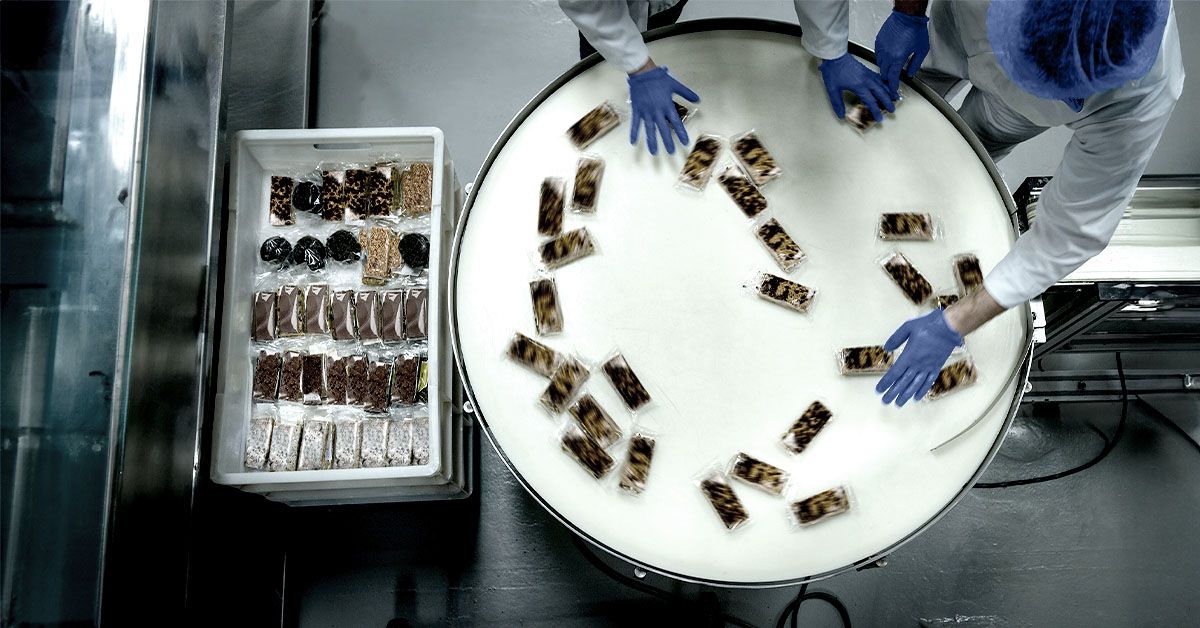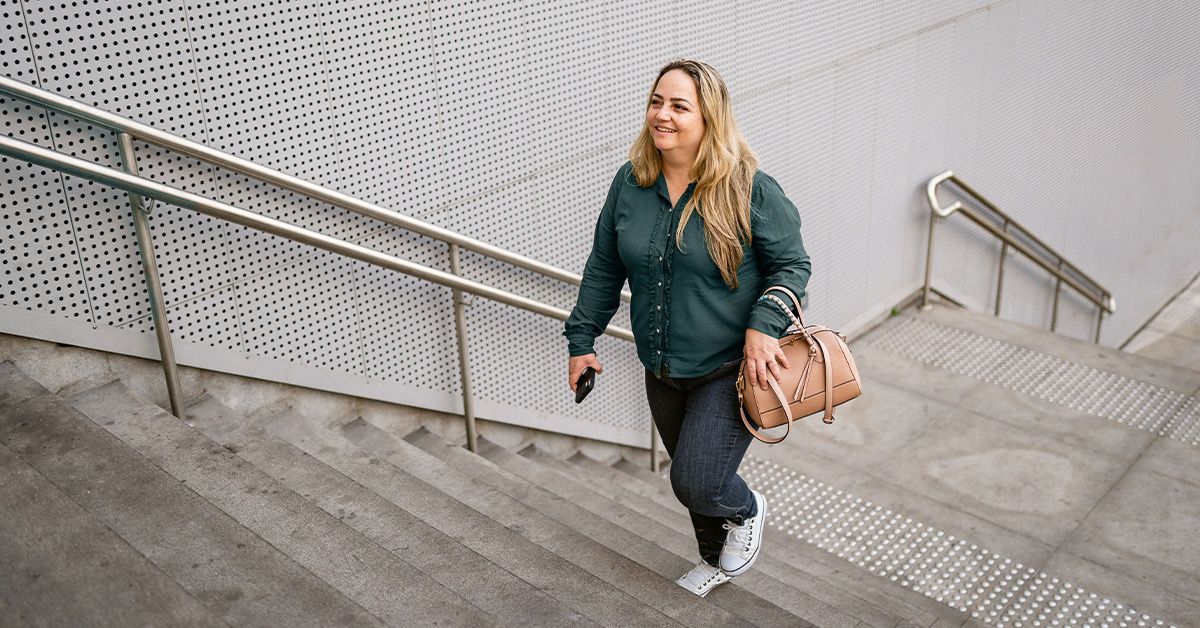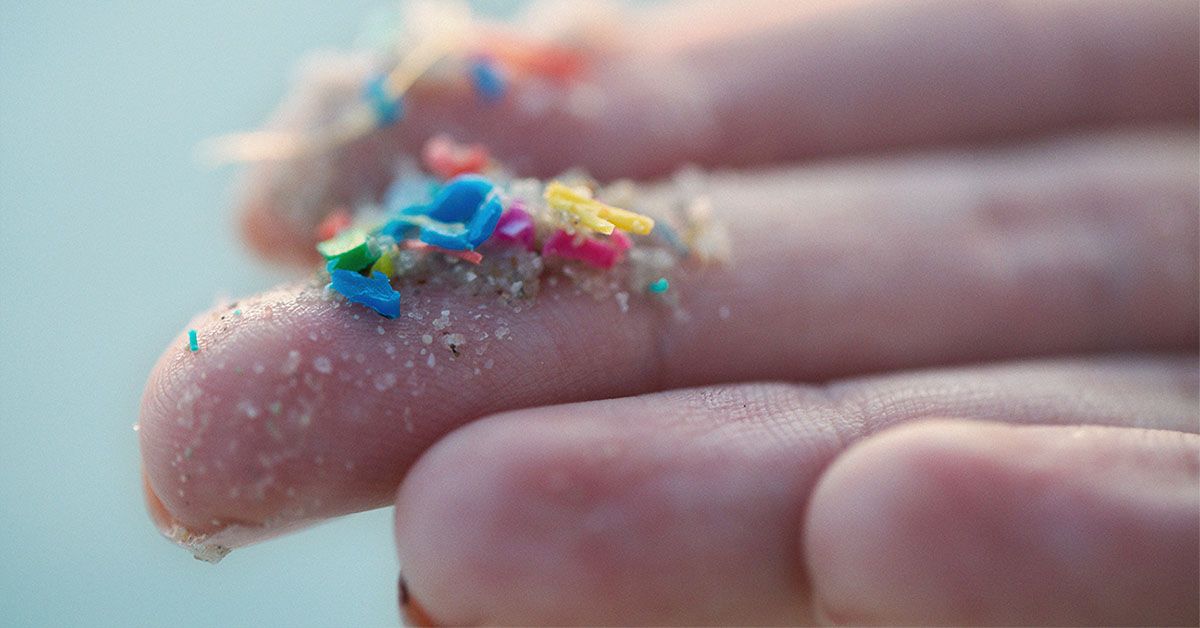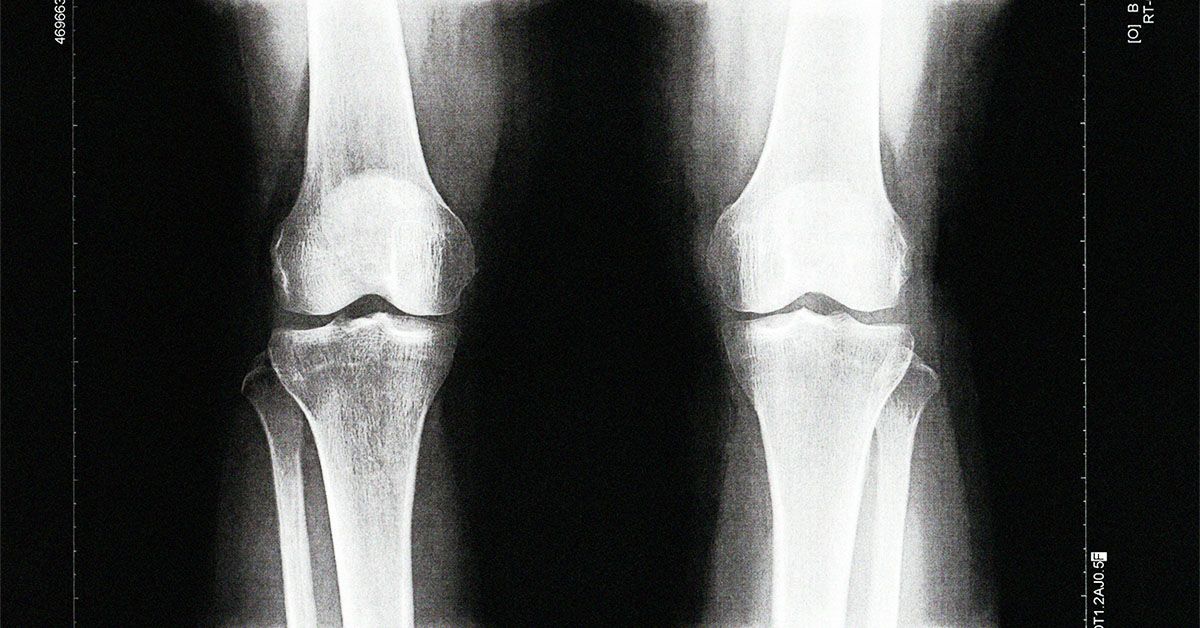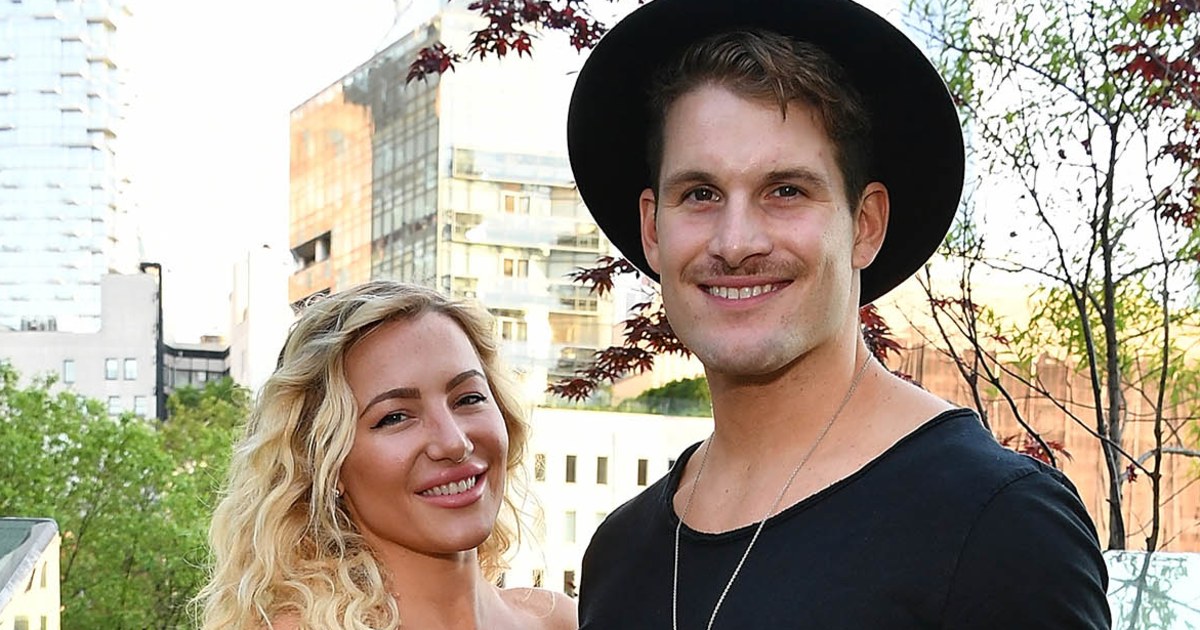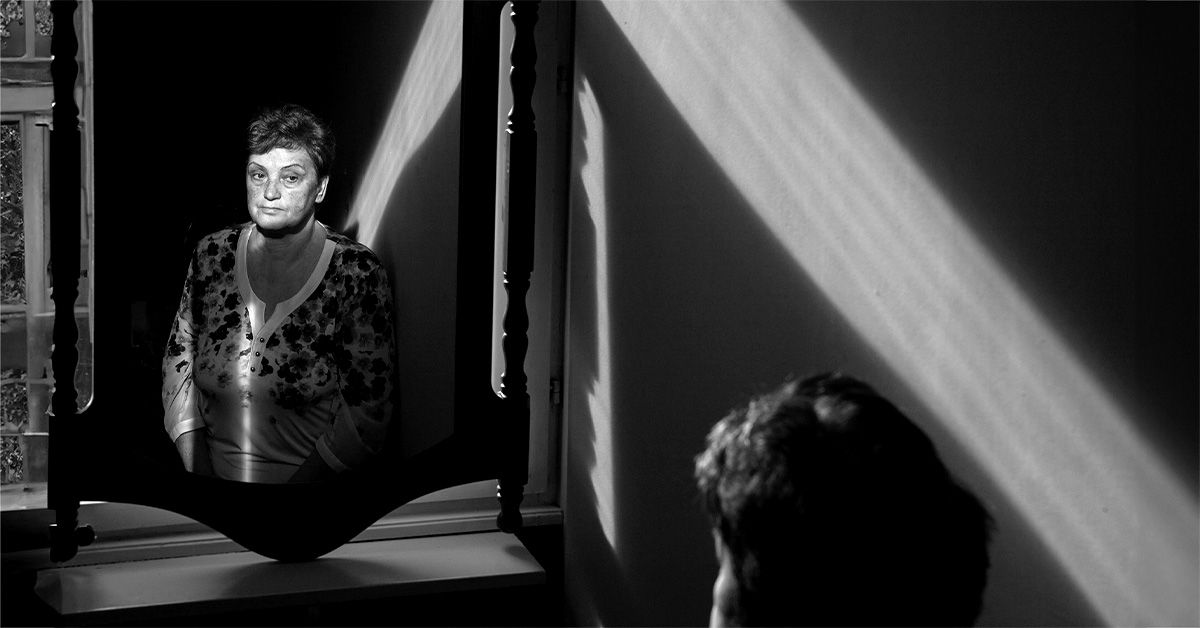It all started with a cheeseburger, Sarah Casalan Bittle, 49, tells TODAY.com.
Casalan Bittle, President of the UPS Store, Inc. and a single mom of two boys, made burgers for dinner one evening in July 2022 while her mother was visiting town.
The next evening, she was surprised to find that she felt indigestion, which she assumed must have been the burger. “I have an iron stomach, so I don’t really get indigestion,” says Casalan Bittle, who lives in Northbrook, Illinois. Figuring it wasn’t too serious, she went on with her evening like normal.
She tucked her kids into bed and then went to sleep, but woke up a few hours later with nausea. “I woke up thinking, ‘Let’s finally get this burger thing over with. If I’m going to be sick, fine. Then we’ll get better,'” she recalls. But Casalan Bittle never vomited.
“I laid down on the bathroom floor and progressively felt more nauseous and then a little sweaty,” she says. For about 90 minutes she sat there, and “nothing was happening, but I was feeling just gross,” she says.
She decided to try to take a shower, but she simply couldn’t get up. “I just didn’t have the strength or the coordination to get off of the floor,” Casalan Bittle says.
That’s when she started to panic.
She forced herself to stand up, which set off a wave of chest discomfort and shortness of breath. But she was able to make it to her mother to ask for help before becoming unconscious for about five minutes.
Once in an ambulance, Casalan Bittle recalls coming in and out of consciousness. “The last thing I remember — I don’t recommend it — was being defibrillated,” she says. “I remember being electrocuted alive.”
She was rushed to a local hospital where she and her family received the startling news that Casalan Bittle was having a heart attack.
Casalan Bittle went into cardiac arrest at the hospital
At the time, Casalan Bittle was 47 and had no known health conditions. She was active, regularly working out with her Peloton bike and she even climbed Mount Kilimanjaro. And just a few months earlier, she’d had normal results from an annual physical, including an EKG.
But once she was at the hospital, doctors quickly determined she was in the midst of a heart attack. Specifically, Casalan Bittle had a 100% blockage in the main artery in the heart (the left anterior descending artery), a condition sometimes called a widow-maker heart attack.
Doctors placed a stent and a small temporary heart pump. She was intubated. And they also placed her on extracorporeal membrane oxygenation, also called ECMO, “the most intense form of life support that somebody can receive,” Dr. Bow (Ben) Chung, a cardiologist at the University of Chicago Medicine who treated Casalan Bittle, tells TODAY.com.
“This was basically about as sick as a person can be, from a heart perspective,” he says.
Although she doesn’t remember any of this, Casalan Bittle says, “My family was told to say goodbye, that I didn’t really have a lot of chance. I was put on all forms of life support.”
At that point, a heart transplant seemed to be her only option, but after multiple cardiac arrests in the hospital, they were concerned about how much of her brain function remained intact. She was placed on an emergency transplant list and transferred to the University of Chicago Medicine in case one became available.
“Very miraculously, after what I understand to be a lot of craziness, my heart recovered to an extent where (they) thought, ‘OK, maybe we don’t need a transplant right now. Let’s wake her up,'” Casalan Bittle says.
When she opened her eyes and came to, she immediately noticed the calendar, which said the day was a Saturday. She’d lost consciousness in the early morning hours of Thursday morning.
“My first waking thought was, ‘Oh f—,'” Casalan Bittle recalls with a laugh. “And then, out of the corner of my eye, I see my sisters who flew in from the East Coast.” If they were there, she knew the situation was serious.
Within a few days, she was taken off ECMO and had the heart pump removed, but hit another hurdle: Casalon Bittle developed blood clots in both her right and left femoral arteries, which cut off circulation in her leg. She was quickly moved into surgery, where the team was able to save her leg and repair the arteries, she says.
From there, things got a little quieter as she focused on recovery.
After months of rehab, Casalan Bittle developed another blockage
Casalan Bittle spent about two weeks in the hospital followed by six weeks of outpatient rehabilitation and another 18 weeks of cardiac rehabilitation. She also wore a LifeVest, a wearable defibrillator, for 90 days.
“My recovery was fantastic, and it seemed like I was on my way towards putting this behind me,” Casalan Bittle recalls.
But in February 2023, she had a noticeably tough day in outpatient rehab.
“It was just a tickle in my chest,” she says. “And I went to cardiac rehab and I was walking on the treadmill, and it felt more difficult than it did the day before.”
Out of an abundance of caution, her doctor sent her for a stress test. The results were “not overly concerning, but just a little funny,” Casalan Bittle says. So, again, out of an abundance of caution, her doctor ordered further testing, which revealed she had another blockage in the main artery, this one at 70%.
That could have easily led to another heart attack if it hadn’t been caught.
“It is unlikely that I would have survived had I had another heart attack of that matter outside of the hospital,” she says.
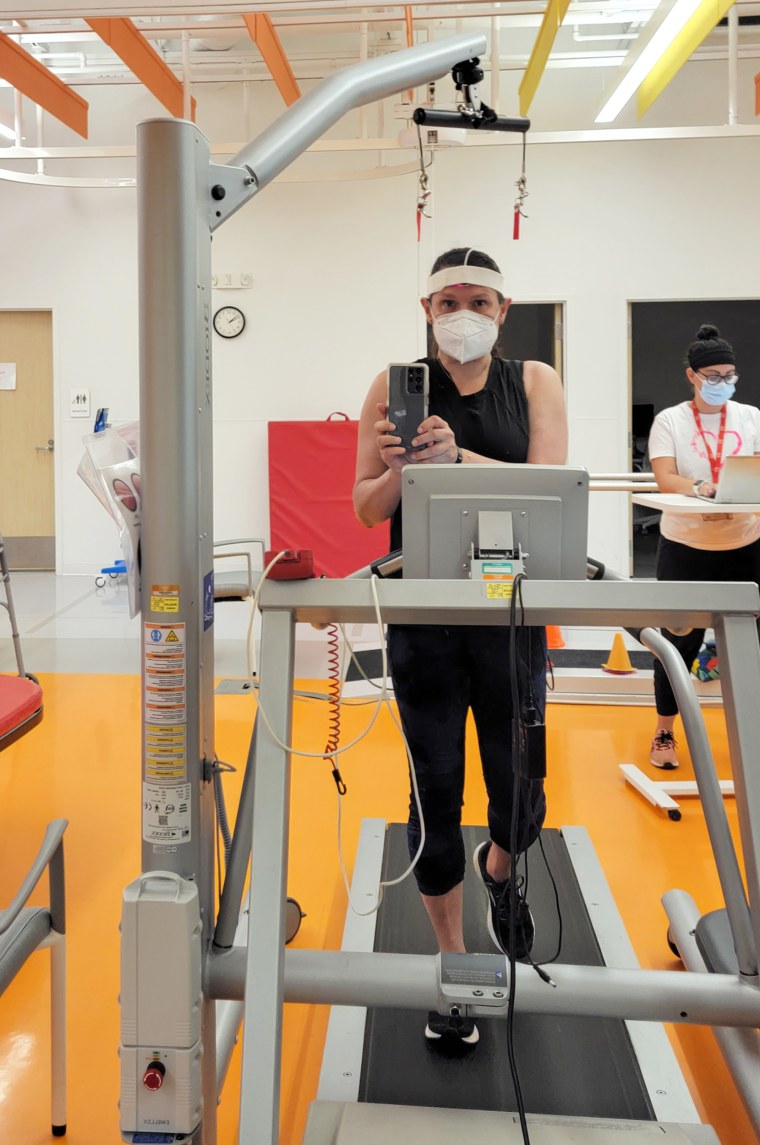
It’s not uncommon for people to have a second heart attack after surviving their first, Chung says, but it was unusual for another blockage to develop under these circumstances. “At that point, she was on all of the right medications … to prevent another heart attack,” he explains.
At first, Casalan Bittle was told she would need open-heart surgery to treat the blockage. Her mind flashed back to coming home from the hospital after ECMO and the heart pump with what looked like “50 carpet staples” in her skin, she says, and she knew she didn’t want to go through that again.
“I said, I can’t. There’s no way I can’t do it. I will take my chances with a stent and figure it out, but I need more time,” she recalls.
Instead, her doctor offered another option: robotic cardiac surgery.
If Casalan Bittle had undergone open-heart surgery, that would “entail a doctor sawing her breastbone in half, and then spreading it wide to expose the heart and then working with their hands to do the operation,” Dr. Husam Balkhy, director of robotic and minimally invasive cardiac surgery at University of Chicago Medicine, tells TODAY.com.
“With (robotic surgery), we make four little holes about 8 to 10 millimeters and go in with a very high-definition camera,” says Balkhy, who performed the procedure on Casalan Bittle. The robotic arms, which are outfitted with tiny precise tools, act as an extension of the surgeon, he explains.
The advantage is that doctors don’t have to stop the heart with this approach, and patients can go back home in a day or two get back to their active, busy lives quickly, Balkhy says.
Casalan Bittle ultimately had five incisions and spent less than 48 hours in the hospital. “It is not pain-free. (The incisions are) deep and they hurt, but it was far less invasive,” she says. “The recovery time was so much quicker.”
While robotic cardiac surgery has been available for 20 years, Balkhy says, many people — including some cardiologists — don’t realize it’s an option. Part of that is due to the extra training and commitment it takes to become proficient at this type of surgery, which makes it a highly specialized skill, he says.
Casalan Bittle is full of “gratitude and amazement”
Today, almost a year after her robotic surgery, Casalan Bittle is doing “fantastic,” she says. “Most days, I would never know.”
She still has residual heart damage, takes medication every day (which she calls her “morning and evening Skittles”) and there are some days when she gets winded and needs to take it easy. “I will be a heart failure patient for the rest of my life, but my recovery is nothing short of remarkable,” she says.
One of the biggest reminders of her health journey is the scars that she’s left with, but even those have become a source of connection. Sometimes she compares scars with her son, who had heart surgery at 10 months for a congenital condition. “We’re both heart warriors,” she says.

Heart attacks may look and feel different for women
Looking back, Casalan Bittle wishes she had known just how common heart attacks are in women and that women can present with subtler symptoms than men.
The most common symptom of a heart attack regardless of gender is chest pain, Chung says, but “a lot of people are hesitant to call something pain.” They may describe it as discomfort, pressure or tightness instead, he says. “They might even say there’s this nagging feeling in their chest and it won’t go away,” he adds.
“Many women think it has to be, ‘I’m clutching my chest and falling down on the ground like you see in the movies,’ and it can be much more subtle,” Dr. Tara Narula, NBC medical contributor, explained on a Feb. 1, 2024, TODAY show segment.
That chest discomfort “can be just a feeling of tightness, pressure or heaviness in the chest,” Narula said. “I’ve heard women say, ‘I feel like I have to take my bra off (because) it’s just too tight.'”
Other subtle signs that can indicate a heart attack include the unusual indigestion and sudden nausea Casalan Bittle experienced, as well as shortness of breath and shooting pain in the jaw, back, arm or shoulder. Women are more likely to develop these easily-missed symptoms than men, Chung explains.
Heart attack symptoms in women can include:
- Chest pain, discomfort, heaviness, tightness or pressure
- Jaw, neck, shoulder or upper back pain
- Nausea, vomiting or indigestion
- Shortness of breath
- Extreme fatigue or fainting
Research shows that women are also significantly more likely than men to die after a heart attack, potentially due to delays in diagnosis and treatment.
“Heart disease in women presents differently than in men. It presents later,” Balkhy says. “The outcomes are thus far not as good in many cases for some of the therapies that we have,” he adds, noting that his practice is part of a large ongoing trial looking specifically at outcomes for coronary artery bypass surgery in women.
The bottom line is that if you’re having a symptom that’s unusual for you, particularly if it doesn’t go away, you should get medical attention, Chung says. “You don’t have to go to the emergency department, but talking to your primary care doctor or going to an urgent care would probably be the best just to have an evaluation.”
As Casalan Bittle puts it, “Don’t think you’re being silly. Get help right away.”
Working with the American Heart Association, Casalan Bittle aims to spread that message far and wide to help others recognize heart attack symptoms quickly, and she encourages people to learn CPR. After her robotic surgery, she also wants other patients to feel comfortable advocating for themselves and voicing their preferences for less invasive options whenever possible.
Knowing everything she survived, Casalan Bittle says she feels a sense of “gratitude and amazement,” and doesn’t let herself get dragged down by negativity around her. “It’s not worth me spending my energy in a negative place,” she explains, “because I’ve spent all my energy on staying alive.”
Read the full article here





/origin-imgresizer.eurosport.com/2024/04/27/3956867-80351048-2560-1440.jpg)

